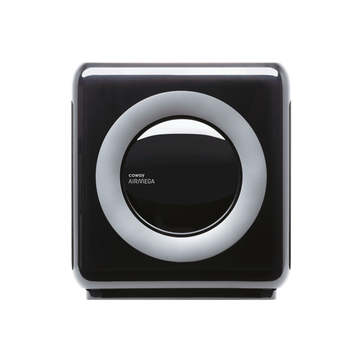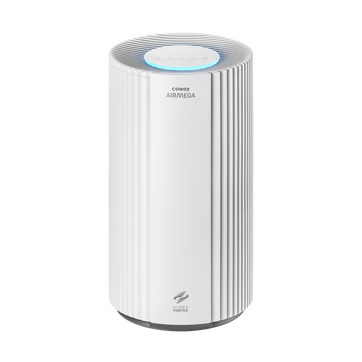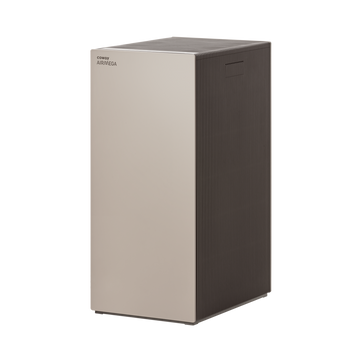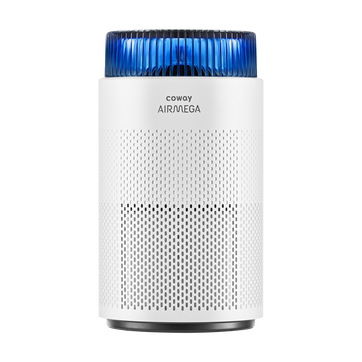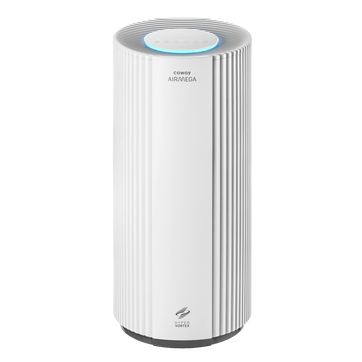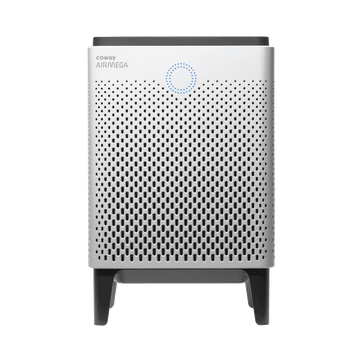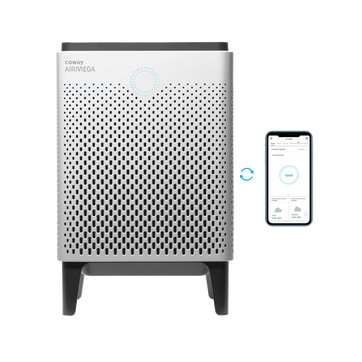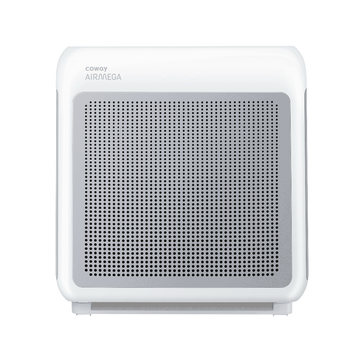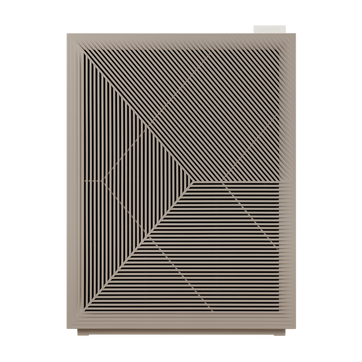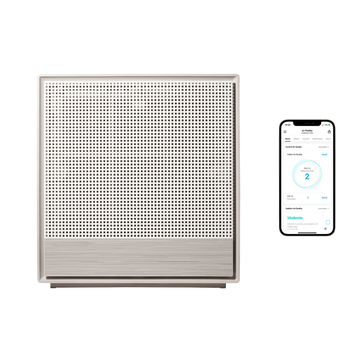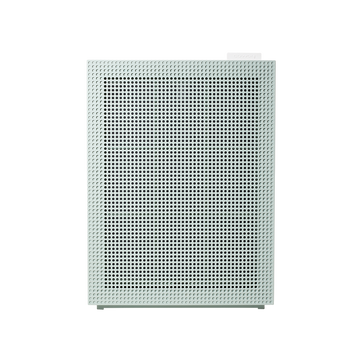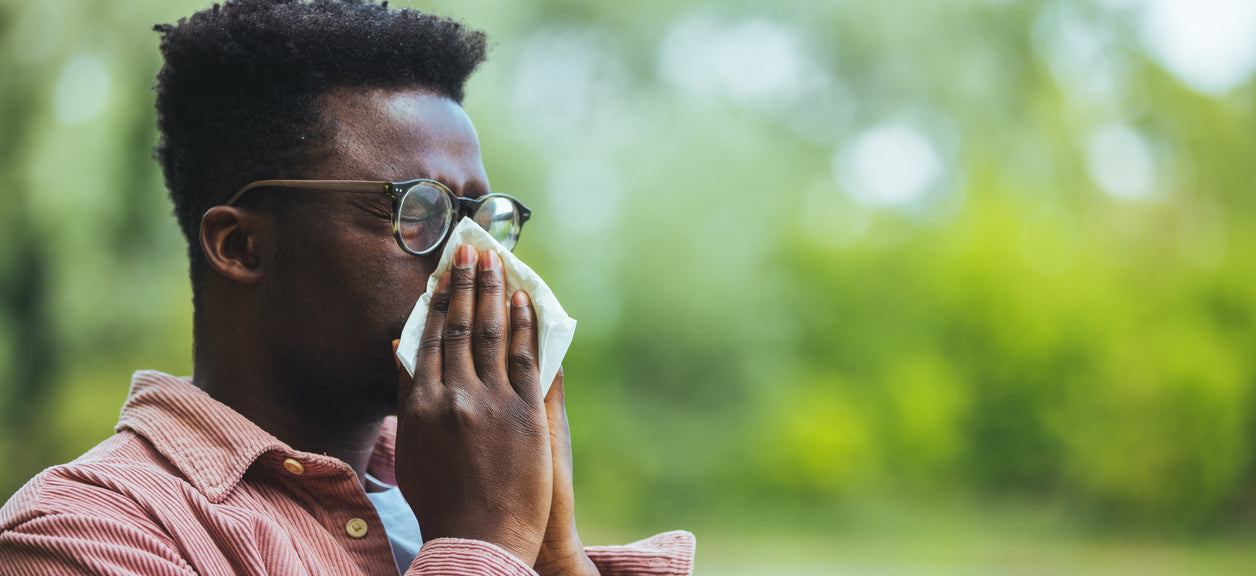
The 10 Worst States for Allergies
Spring is just around the corner. Warmer weather, citrus-hued sunsets, radiant sunshine, the return of Daylight Savings, and…pollen. Lots and lots of pollen.
If you find yourself sneezing, coughing, wheezing, tearing, itching, scratching, and feeling downright irritated during tree and grass pollen season, then you most likely suffer from seasonal allergies just like the other 60 million people across the U.S.
Seasonal Allergy Factors
We know certain medications can help ease the symptoms of seasonal allergies to get you through your day—but for many people, a dose of loratadine isn’t enough to keep you breathing easy month after month through spring, summer, and into fall. In fact, inundating your immune system with cetirizine, fexofenadine, and corticosteroid sprays can create a slew of unwanted side effects like drowsiness, dry mouth, dry eyes, blurred or double vision, dizziness headache, and even low blood pressure.
And while nearly 20% of Americans deal with seasonal allergies from airborne allergens, there’s not much you can do to avoid the situation, especially if you live in a geographical region with high pollen counts, like the Northeast, South, and Midwest. Let’s take a look at some of the worst places to be when the tank tops come out and the flowers start to bloom.
10 Worst States for Allergies
Seasonal allergies affect everyone differently and can have different effects based on where you live. As we discussed before, air purifiers are an essential tool in protecting yourself from a bevy of health problems including sickness associated with mold and other airborne pollutants.
So, if you find yourself living in one of the states below, (especially Virigina, graded as the worst state for allergies!) perhaps it’s time to pull the trigger on a Coway Airmega air purification system and gain the upper hand in the fight against pollen.
Grading Scale: 0-100 (100 is worst)
- Virginia (93.93)
- Kansas (89.09)
- Connecticut (83.04)
- Oklahoma (80.38)
- Nevada (77.58)
- Kentucky (74.52)
- Pennsylvania (71.12)
- Rhode Island (67.57)
- New York (66.82)
- Texas (66.61)
What Causes Seasonal Allergies?
In many places in the U.S., seasonal allergies begin in February—when the trees start to bud. And from then on, it’s month after month of grass pollen (which can also be year-round depending on location), mold spores, and ragweed—the worst culprit of all. Other plants like burning bush, cocklebur, lamb’s-quarters, pigweed, sagebrush, mugwort, tumbleweed, and Russian thistle rank as some of the top contributors to mild and major allergies, and should be identified and removed (if possible) from your property.
And if you’re one of those allergy sufferers who think they can outrun an itchy throat, think again. Seasonal allergies follow you everywhere, no matter what state you live in. So, instead of buying a new home and finding a new job, try simple solutions like removing your shoes before entering your home, eliminating pet hair from your home, bathing pets regularly, and staying indoors on dry windy days.
Other allergy prevention methods include:
- Avoiding lawn mowing, weed pulling, and gardening
- Removing outdoor clothes and showering to rinse pollen from your skin and hair
- Drying laundry indoors
- Wearing a mask for outdoor chores
- Closing windows and doors at night
- Avoiding early morning outdoor activity when pollen counts are highest
And if you want to take some extra precaution, check your city’s daily pollen count so you know when it’s safe to go outside.
How Air Purifiers Help with Seasonal Allergies
This may seem logical—if you breathe cleaner air, you’ll suffer less from airborne pollutants. Unfortunately, you can’t control the air quality outside your home or business. But, with an air purifier, you can control what you breathe indoors. But just because you’re indoors doesn’t mean you’re breathing cleaner air. In fact, indoor air can be more polluted than the air outdoors since mold spores, pet allergens, and pollen gets trapped between your closed doors and windows. So, what can you do? Simple—invest in allergy-mitigating products like an air purifier or humidifier to keep your eyes, skin, nose, ears, and throat clear during the heyday of hay fever.
For example, a Coway Airmega air purifier uses multiple layers of filtration, including a Green True HEPA™ filter, to remove over 99.999%¹ of all airborne contaminants down to 0.01 microns, exceeding the EPA’s recommendation.
Coway Airmega Smart Mode
Plus with the Coway Airmega Smart Mode feature, the Airmega automatically adapts to its surroundings by adjusting fan speeds based on the room's air quality, keeping your unit energy efficient without compromising effectiveness. Put simply, an investment in your air quality could lead to less money spent on allergy medications and doctor visits—and, you get the added protection of mold spore, pet dander, and viral filtration and removal including the ability to remove over 99.98%³ of the SARS-CoV-2 virus, so you and your family can live life without a stuffy nose or mind.
Clean Air for the Win
So, what can you do to limit your dependence on over-the-counter medications, keep yourself out of the allergist's office, and ensure you don’t wake up every morning with those embarrassing allergic shiners underneath your eyes that make you look like someone got the best of you in a UFC cage fight? Take a look at the entire line of Coway air purifier products and take a big sigh of allergy relief…without wheezing.
Disclaimers
1Coway air purifiers have been proven to trap dust, pollen, dander, viruses and bacteria in the air based on KCL (Korea Conformity Laboratories) testing.They have been tested in a 30㎥ size chamber according to the Korea Air Cleaning Association standard (SPS-KACA 002-132:2022 Modified) to measure the 0.01㎛ size of particle removal rate. It was tested on maximum airflow speed in normal room temperature and humidity conditions. The performance may vary in the actual living environment of customers.
→ Tested with Airmega Aim, 50, 100, 150, 160, Tower AP-1216L, Mighty AP-1512HH, MightyS AP-1512HHS, 200M, Icon, IconS, 230, 240, 250, 250 Art, 250S, 300, 300S, 350, 400, 400S, 450, ProX
299.97% of viruses, bacteria, fungi and pollen were verified to be removed from the air for Coway air purifiers which have Green True HEPA™ filter applied based on the Japan Food Research Laboratories(JFRL) testing according to JEM 1467 standard.
→ Tested with Coway Airmega Mighty AP-1512HH, MightyS AP-1512HHS, 250, 250 Art, 250S, 300, 300S, 400, 400S
→ All tested by JFRL and received above result within below time.
4The concentration of ammonia, acetaldehyde and acetic acid were proven to be removed within 30 minutes by FCG Research Institute, Inc. Human Life Science Lab. It is not a demonstration result in the actual use space. Not all odors and gases may be supported. → Tested with Coway Airmega 150, 160, Mighty AP-1512HH, MightyS AP-1512HHS, 400, 400S
5The coverage area of the air purifier is based on an area where the air cleaner can make two air changes per hour (ACPH). An air change per hour translates to how many times an air purifier can clean an area, assuming the height of a ceiling to be 8 ft, in one hour. Therefore ** means two air changes per hour means that the cleaner can clean the area once every 30 minutes and * means air changes per hour means that the air purifier can clean the area once every 60 minutes.
10Terms and conditions apply. Discounts, including promotions, coupons, bundle discount and subscription discount, cannot be stacked on top of other coupons. During promotional periods, discount codes will not be able to be applied to orders. Promo codes may apply to products only—filters, accessories, and new products within 3 months of the release date are not included.
11Based on Coway R&D internal laboratory testing, activated carbon filtration was shown to remove up to 95% of ammonia odors within 40 minutes, and up to 99% of fecal odors within 20 minutes. Actual performance may vary depending on usage conditions.

